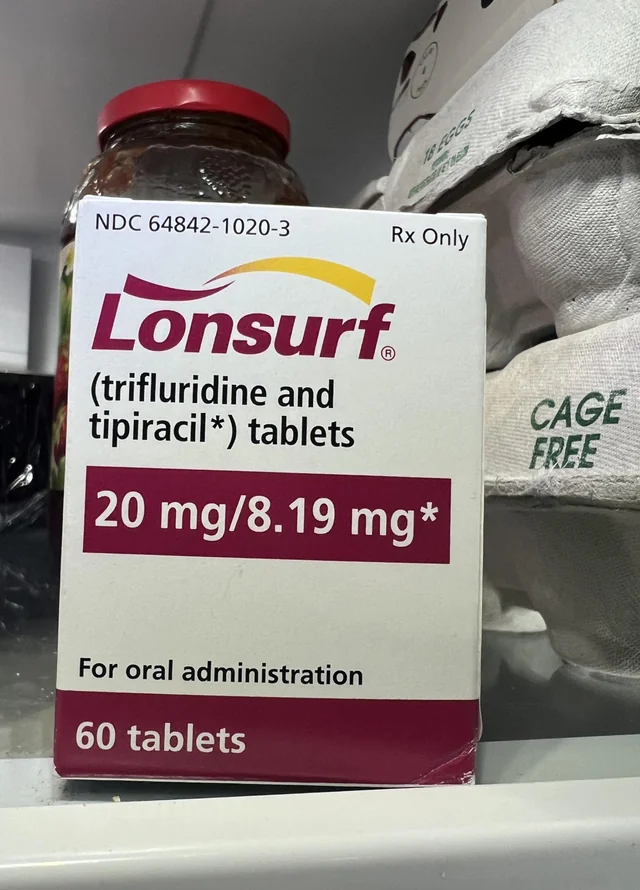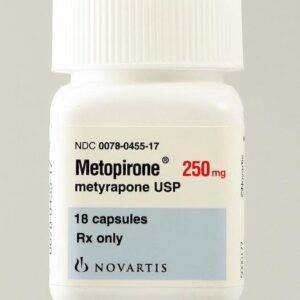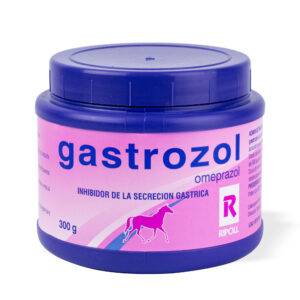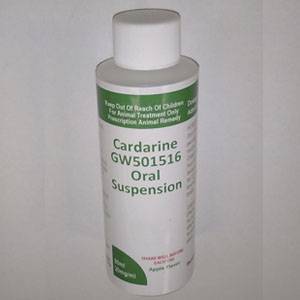lonsurf 20 mg
lonsurf 20 mg is an oral antineoplastic (anticancer) agent used in the treatment of advanced metastatic cancers. It is a combination of two drugs:
Trifluridine – an antimetabolite that incorporates into DNA, interfering with replication
Tipiracil – a thymidine phosphorylase inhibitor that prevents breakdown of trifluridine, increasing its bioavailability
Mechanism of Action
Trifluridine is a nucleoside analog that gets incorporated into DNA, causing DNA dysfunction and cell death
Tipiracil inhibits thymidine phosphorylase, preventing the rapid degradation of trifluridine, allowing it to stay in the system longer
Together, they exert cytotoxic effects, particularly on rapidly dividing tumor cells
Indications and Uses lonsurf 20 mg
Lonsurf is FDA- and EMA-approved for:
Colorectal Cancer
Treatment of metastatic colorectal cancer in patients who have been previously treated with or are not candidates for:
Fluoropyrimidine-based chemotherapy
Oxaliplatin
Irinotecan
Anti-VEGF therapy
Anti-EGFR therapy (if RAS wild-type)
Gastric Cancer
Treatment of metastatic gastric or gastroesophageal junction (GEJ) adenocarcinoma after at least two prior lines of therapy
(Under clinical trials) for other solid tumors such as:
Pancreatic cancer
Breast cancer
Non-small cell lung cancer
lonsurf 20 mg Dosage and Administration
Recommended Dose:
35 mg/m² (based on trifluridine) orally twice daily
On days 1–5 and 8–12 of each 28-day cycle
Administration Tips:
Take within 1 hour after morning and evening meals
Swallow whole with water
Do not crush or chew tablets
Warnings and Precautions
Myelosuppression:
Common: Neutropenia, anemia, thrombocytopenia
Monitor CBC (complete blood count) prior to and during treatment
Delay or reduce dose if severe
Gastrointestinal toxicity:
Nausea, vomiting, diarrhea, abdominal pain
Prophylactic antiemetics and antidiarrheals may be used
Embryo-fetal toxicity:
Can cause harm to unborn child
Use effective contraception during and after treatment (6 months for men, 2 months for women)
Contraindications
Known hypersensitivity to trifluridine, tipiracil, or any excipients
Severe, uncontrolled hematologic toxicity
lonsurf 20 mg Side Effects
Very Common (≥30%):
Fatigue
Nausea
Diarrhea
Vomiting
Neutropenia
Anemia
Common (10–30%):
Abdominal pain
Anorexia
Pyrexia (fever)
Infections (due to neutropenia)
Weakness
Serious:
Febrile neutropenia
Sepsis
Dehydration
Regular monitoring of blood counts and hydration status is critical.
Monitoring Parameters
CBC with differential before and during treatment
Renal and liver function
Monitor for signs of infection
Electrolytes if vomiting/diarrhea is significant
Drug Interactions
Low likelihood of CYP-related interactions
No major metabolic drug interactions reported
Avoid coadministration with strong GI irritants
Storage
Store at room temperature, below 30°C (86°F)
Keep in original packaging to protect from moisture
Keep out of reach of children
Availability and Cost
Supplied as 15 mg/6.14 mg and 20 mg/8.19 mg tablets
Dispensed in bottles or blister packs
High cost, often covered by insurance or patient assistance programs
Summary Table
| Feature | Detail |
|---|---|
| Name | Lonsurf (trifluridine + tipiracil) |
| Formulation | Oral tablet (20 mg/8.19 mg) |
| Use | Metastatic colorectal or gastric cancer |
| Mechanism | DNA incorporation + enzyme inhibition |
| Route | Oral (twice daily on days 1–5, 8–12) |
| Side Effects | Neutropenia, nausea, fatigue, diarrhea |
| Monitoring | CBC, liver/renal function |
| Contraindications | Allergy, severe bone marrow suppression |
| Pregnancy | Category D (teratogenic risk) |
Clinical Insight
Lonsurf is often used as a salvage therapy in patients with heavily pretreated metastatic cancers
While not curative, it has been shown to modestly extend survival and improve quality of life
It is less toxic than many IV chemotherapy options, making it viable for outpatient care lonsurf 20 mg





Reviews
There are no reviews yet.